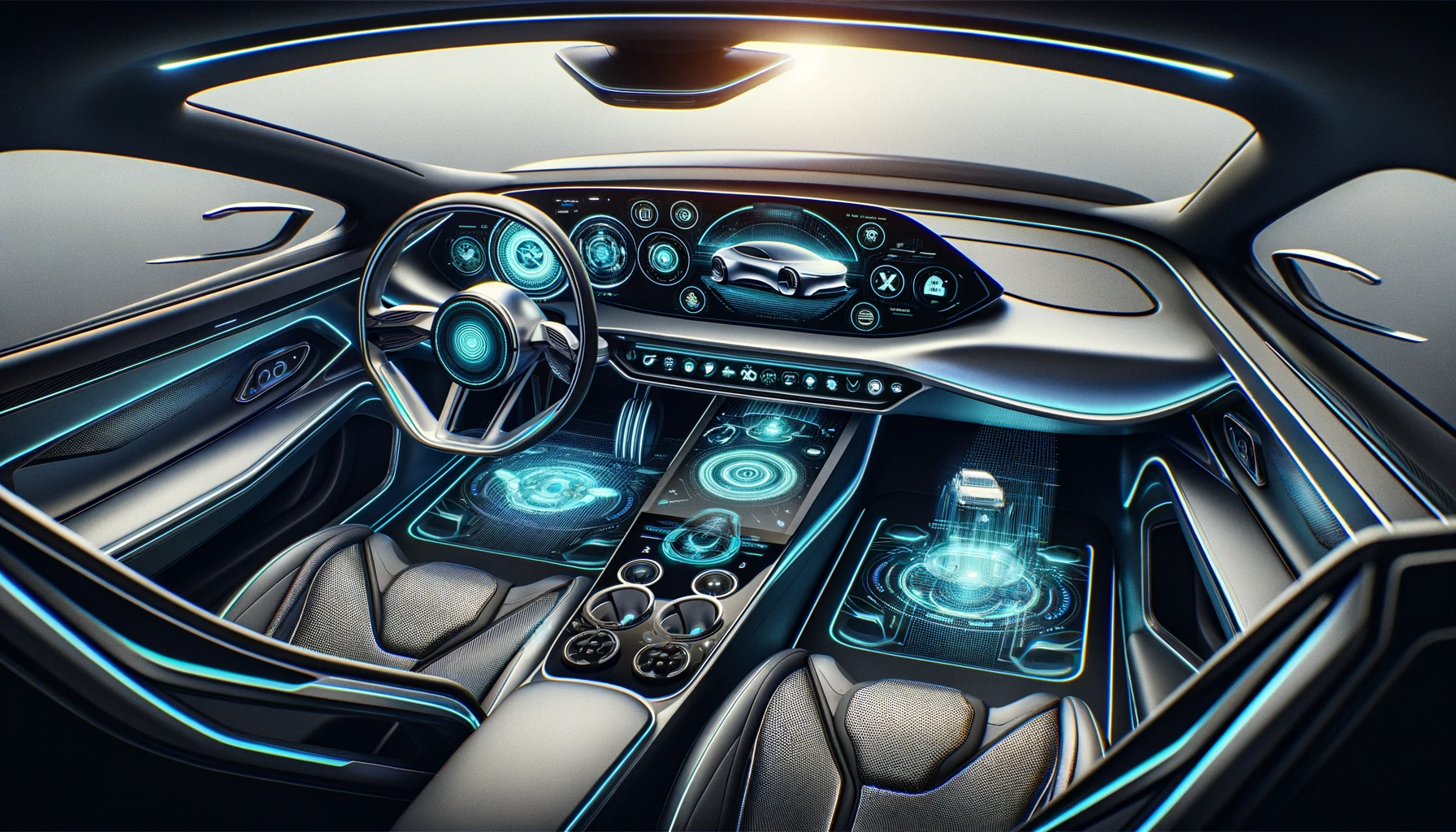Driving into the Future: Exploring the Latest Car Tech and Gadgets
The automotive industry is undergoing a remarkable transformation, driven by technological advancements and innovative gadgets. Today’s cars are not just modes of transportation but are becoming increasingly like connected mobile devices, offering unprecedented levels of safety, efficiency, and entertainment. In this blog post, we will dive into the latest car tech and gadgets that are shaping the future of driving.
Contents
- 1 1. Autonomous Driving Technology
- 2 2. Electrification of Vehicles
- 3 3. Connected Cars and Infotainment Systems
- 4 4. Advanced Driver-Assistance Systems (ADAS)
- 5 5. Vehicle-to-Everything (V2X) Communication
- 6 6. Augmented Reality Dashboards
- 7 7. Enhanced Fuel Efficiency
- 8 8. Internet of Things (IoT) Integration
- 9 9. Personalized Experiences
- 10 10. Health, Wellness, and Well-being
- 11 11. Sustainable Materials
1. Autonomous Driving Technology
One of the most anticipated advancements in car technology is autonomous or self-driving cars. Companies like Tesla, Waymo, and others are leading the charge in developing vehicles that can drive themselves with little to no human intervention.
- Levels of Autonomy: Cars today offer various levels of autonomy, from Level 1 (driver assistance) to Level 5 (full automation).
- Features: Advanced features include adaptive cruise control, lane-keeping assistance, and self-parking capabilities.
2. Electrification of Vehicles
The shift towards electric vehicles (EVs) is accelerating, with major manufacturers committing to an electric future. EVs offer not just environmental benefits but also superior performance and lower maintenance costs.
- Longer Range Batteries: Modern EVs like the Lucid Air and Tesla Model S are pushing the boundaries with ranges exceeding 500 miles on a single charge.
- Fast Charging: Innovations in charging technology mean EVs can now be charged in minutes, not hours.
3. Connected Cars and Infotainment Systems
Today’s vehicles are more connected than ever, offering seamless integration with our digital lives.
- Smartphone Integration: Features like Apple CarPlay and Android Auto allow drivers to safely use their smartphones while driving.
- Advanced Infotainment Systems: Touchscreens, voice commands, and gesture controls are becoming standard, providing access to navigation, media, and vehicle settings.
4. Advanced Driver-Assistance Systems (ADAS)
ADAS technologies enhance vehicle safety by reducing human error, one of the leading causes of accidents.
- Collision Avoidance Systems: These systems alert drivers to potential collisions and can even apply brakes automatically.
- Blind Spot Detection: Sensors monitor areas the driver can’t easily see and alert them to hidden dangers.
5. Vehicle-to-Everything (V2X) Communication
V2X technology allows vehicles to communicate with each other and with road infrastructure, improving traffic flow and reducing accidents.
- Vehicle-to-Vehicle (V2V): Cars can share information about speed and position, helping to prevent accidents.
- Vehicle-to-Infrastructure (V2I): Vehicles communicate with traffic signals, signs, and road markings to improve driving decisions.
6. Augmented Reality Dashboards
Augmented reality (AR) is making its way into car dashboards, offering a futuristic driving experience.
- AR Navigation: Navigation instructions are projected onto the windshield, showing turn-by-turn directions in the driver’s line of sight.
- Vehicle Data Display: Important vehicle data like speed and fuel levels can be displayed on the windshield.
7. Enhanced Fuel Efficiency
With environmental concerns at an all-time high, car manufacturers are continually developing technologies to improve fuel efficiency.
- Hybrid Engines: Combining traditional combustion engines with electric power to reduce fuel consumption.
- Aerodynamic Designs: Cars are being designed with better aerodynamics to reduce drag and improve fuel efficiency.
8. Internet of Things (IoT) Integration
Cars are becoming a part of the IoT ecosystem, connecting with other smart devices.
- Home Automation Integration: Control smart home devices directly from your car.
- Remote Vehicle Management: Use your smartphone to check fuel levels, unlock your car, or start the engine.
9. Personalized Experiences
Cars are increasingly able to provide personalized experiences based on the driver’s preferences and habits.
- Adjustable Ambience: Customize lighting, temperature, and even scents in the car.
- Learning Preferences: Cars that remember seat positions, favorite routes, and media preferences for different drivers.
10. Health, Wellness, and Well-being
The latest car technologies also focus on the health and well-being of passengers.
- Air Purification Systems: Advanced filtration systems to ensure clean air inside the cabin.
- Stress Detection Systems: Monitoring driver’s vital signs to detect stress or fatigue and suggest breaks.
11. Sustainable Materials
Sustainability is becoming a key focus in car manufacturing, not just in terms of emissions but also in the materials used.
- Recycled Materials: Use of recycled or sustainable materials for interiors and exteriors.
- Eco-friendly Manufacturing: Emphasis on reducing waste and energy consumption during production.
The future of driving is exciting, with technology playing a pivotal role in shaping how we interact with our vehicles. From electric cars to autonomous driving, from connected infotainment systems to ADAS, the advancements are not just about convenience and entertainment, but also about safety, efficiency, and sustainability. As these technologies continue to evolve, the way we think about cars and driving is set to change dramatically, making our journeys safer, more efficient, and more enjoyable. The road ahead looks promising, and we can’t wait to see where it leads us.

